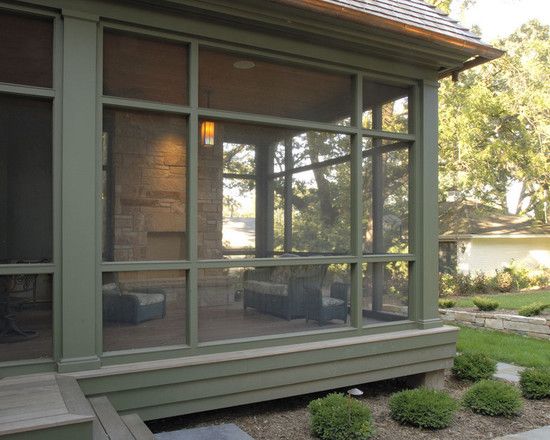We are stepping from the kitchen now, and on the screened in porch. I am sharing
screened in porches columbus ohio thoughts about the best way best to take advantage of a little budget.

You might remember we are living in an old property. And older homes, as magical as They're, require apparently continuous jobs and restorations.
Since we moved to our home nine years ago we have: transferred the laundry Room to another place, added a cupboard, added a little bathroom, installed cupboard systems across the home, painted the whole inside, painted it , installed new light, additional carpet to a single space, refinished hard forests in different rooms, enlarged the fencing, and last year that the biggie... We gutted and remodeled our kitchen.
This year we're half way through our chilling collection of projects. The first Was to redesign the deck off our amazing new kitchen so we can use this summer. We spent in most new exterior furniture and a grill. We have only completed job number 2, remodeling the screened porch off our dining area. The rest of the projects are to update our landscaping, and flip our detached garage to our office/photography studio.
The last two jobs are put in motion and that I can not wait to talk about them with
Our screened in porch was our favorite"area" from the home. We adored Sitting from the atmosphere at night, protected from the mosquitos. We needed a comfortable wicker couch we bought from the prior owner and a few old seats. It never seemed fantastic, but it was comfy.
Yet Through the Years, our outdoor furniture was passed around from
Additionally some of those hardwood floor planks had softened so much that if you Stepped on themyou believed you could fall through the ground. Obviously it had been much less encouraging than it was.
Bearing in mind that we've got a few larger house project we want to undertake This season, I did not need to sink a great deal of cash to the screened in porch undertaking.
I stumbled on the screened porch a day analyzing the circumstance. go?
Furniture was in fairly good shape... it might remain.
The table could remain, using a little refreshening out of Rust-Oleum, plus a few Seat cushions.
Clearly my photography table could not reside on the screened in porch almost any More, and we needed to do something about the harmful flooring. Budget have to go. We fortified the floor for safety then found clean contemporary tile in Lowes which was not very costly.
We could not actually do anything regarding the hum, but we can mask the eyesore with the addition of a faux wall made from a couple of inexpensive well-place planks.
The next priority for our funding was to Buy new cushions for your couch and ottoman. I'd have loved to recoup the previous cushions, but they have been beyond repair.
Yet cushions are easy to regain. You can create or purchase simple covers And slide them!







